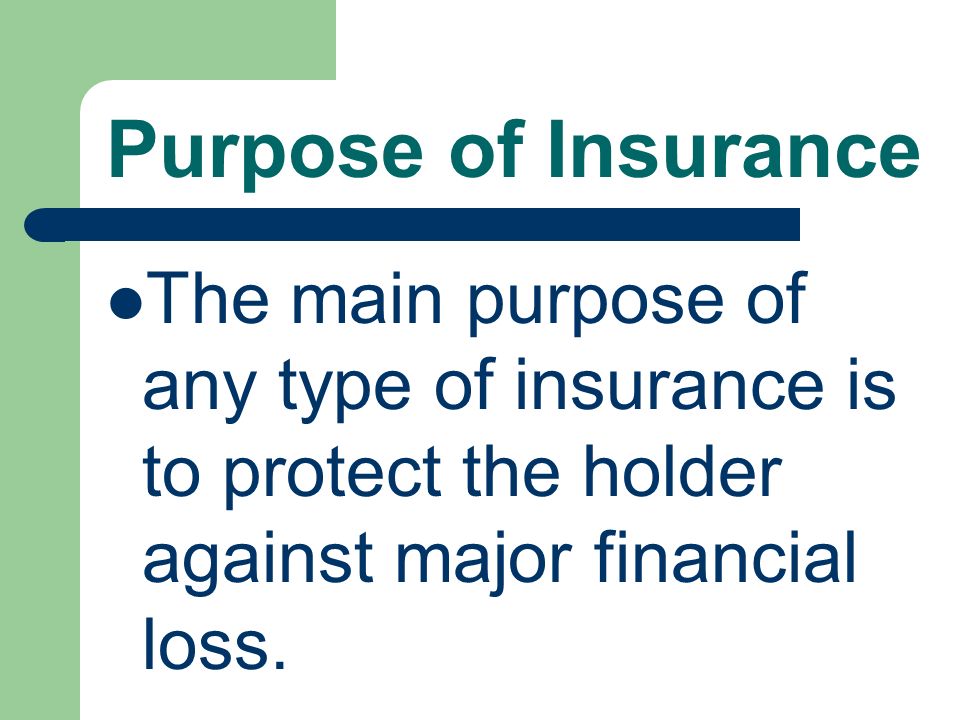The Buzz on Pacific Prime
The Buzz on Pacific Prime
Blog Article
Not known Incorrect Statements About Pacific Prime
Table of ContentsThe Ultimate Guide To Pacific PrimeMore About Pacific PrimeThe Basic Principles Of Pacific Prime The Of Pacific Prime
In most states, the insurer is required to send you a copy of the changes to your policy. It is very important that you read Recommendations or Cyclists so you recognize just how your plan has transformed and if the policy is still appropriate to satisfy your needs. To acquire a duplicate of your insurance coverage, please call your insurance policy agent or firm.
The Institute of Medication (IOM) Board on the Effects of Uninsurance launches a prolonged exam of evidence that addresses the importance of medical insurance coverage with the publication of this report. Insurance coverage Matters is the initial in a collection of six reports that will certainly be issued over the next two years recording the fact and consequences of having an approximated 40 million people in the USA without wellness insurance coverage.

The Facts About Pacific Prime Uncovered
The objective of this series of researches is to redouble policy interest on a historical problem. Following the longest economic expansion in American history, in 1999, an estimated one out of every 6 Americans32 million adults under the age of 65 and more than 10 million childrenremains uninsured (Mills, 2000).

10 percent of the population represent 70 percent of wellness treatment expenses, a correlation that has stayed continuous over the previous 3 decades (Berk and Monheit, 2001) - group insurance plans. Therefore wellness insurance continues to serve the function of spreading danger also as it significantly funds regular care. From the perspective of health and wellness care suppliers, insurance coverage lugged by their people helps secure an income stream, and neighborhoods gain from monetarily practical and steady healthcare experts and institutions
Federal government provides health and wellness insurance coverage to populaces whom the personal market might not offer properly, such as handicapped and elderly persons, and populations whose access to wellness care is socially valued, such as children and pregnant females. The supreme ends of health and wellness insurance protection for the private and neighborhoods, including office areas of workers and employers, are boosted health and wellness end results and top quality of life.
An Unbiased View of Pacific Prime
Employees rank health and wellness insurance coverage initially by much in importance among all the advantages used in the office (Salisbury, 2001). Although there have been substantial investments of personal and public funds to provide medical insurance, many individuals still have no protection. In spite of substantial reporting of survey findings and health and wellness care research results, the general public remains baffled and mistaken regarding Americans without medical insurance and the implications of lacking insurance coverage.

Without doubt, the complexity of American health and wellness care funding systems and the riches of sources of information include in the general public's confusion and skepticism concerning health and wellness insurance coverage data and their analysis. This record and those that will adhere to objective to distill and provide in conveniently reasonable terms the considerable study that bears upon questions of medical insurance protection and its value.
Fifty-seven percent of Americans questioned in 1999 thought that those without medical insurance are "able to obtain the treatment they require from medical professionals and medical facilities" (Blendon et al., 1999, p. 207). In 1993, when nationwide attention was concentrated on the troubles of the uninsured and on pending healthcare legislation, just 43 percent of those polled held this belief (Blendon et al., 1999).

They likewise obtain fewer preventive solutions and are much less likely to have regular look after chronic conditions such as hypertension and diabetes. Persistent illness can bring about costly and disabling problems if they are not well taken care of (Lurie et al., 1984; Lurie et al., 1986; Ayanian et al., 2000). One national study asked even more than 3,400 grownups about 15 highly severe or dark click here to read problems.
The smart Trick of Pacific Prime That Nobody is Discussing
Extra proof is presented later on in this phase in the discussion of insurance and access to healthcare. https://giphy.com/channel/pacificpr1me. People without medical insurance are young and healthy and select to go without coverage. Practically fifty percent (43 percent) of those surveyed in 2000 thought that people without health and wellness insurance are most likely to have illness than individuals with insurance policy
Voters and plan manufacturers in emphasis team conversations characterize those without insurance policy as youths that have the opportunity to be covered and feel they do not require it (Concierge Novelli, 2001). Compared to those with a minimum of some private protection, the without insurance are much less most likely to report being in exceptional or very excellent health (Firm for Medical Care Research Study and High Quality, 2001).
SOURCE: Facility for Price and Funding Studies, Company for Healthcare Research and High quality, based upon MEPS information. Young adults between 19 and 34 are much more likely to lack health and wellness insurance policy than any various other age group. This is mainly since they are much less typically qualified for employment-based insurance coverage as a result of the nature of their job or their brief tenure in it.
The perception that individuals without insurance have better-than-average health and wellness complies with from puzzling the relatively young age profile of the uninsured with the better health, usually, of younger individuals. This covers the link in between health and wellness standing and medical insurance. For those without accessibility to office wellness insurance coverage, inadequate health and wellness is a prospective barrier to purchasing nongroup protection since such protection may be very valued, omit preexisting conditions, or be simply inaccessible.
Report this page